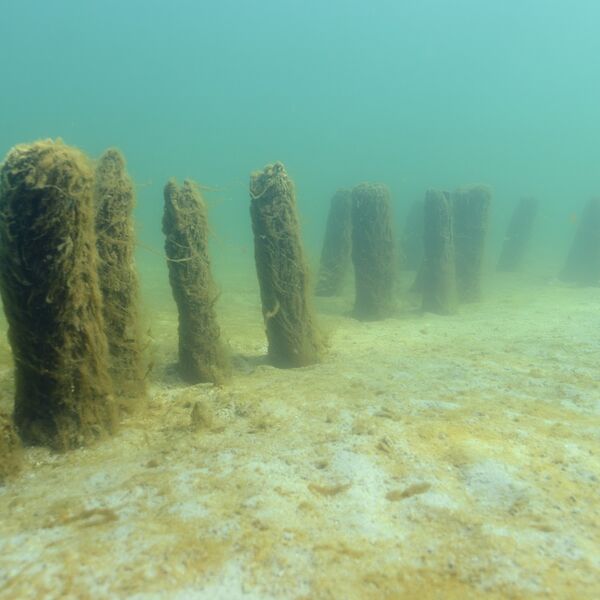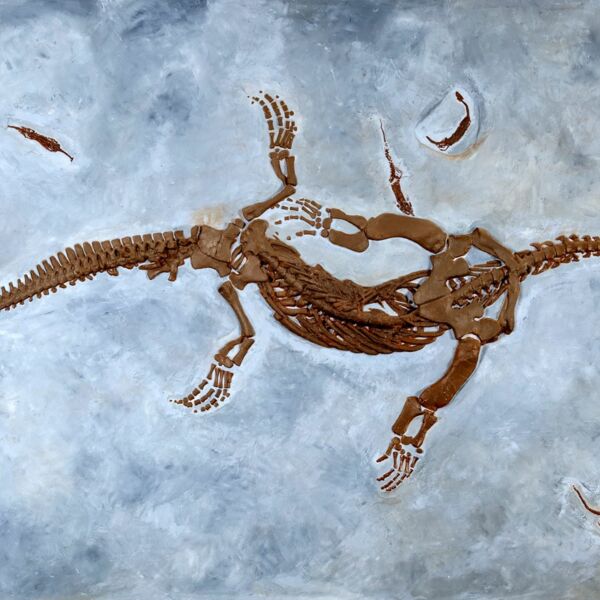Prähistorische Pfahlbauten um die Alpen
Kriterien für die Einschreibung der "Prähistorischen Pfahlbauten um die Alpen"
Um in die UNESCO Welterbeliste aufgenommen zu werden, müssen die UNESCO-Welterbestätten von aussergewöhnlichem universellem Wert sein und mindestens eines von zehn Auswahlkriterien erfüllen. Die Prähistorischen Pfahlbauten um die Alpen erfüllen die Kriterien IV und V für die Aufnahme.
Kriterium (iv): Die Reihe der prähistorischen Pfahlbauten sind eine der wichtigsten archäologischen Quellen für die Untersuchung der frühen Agrargesellschaften in Europa zwischen 5'000 und 800 v. Chr.. Die wassergesättigten Bedingungen haben organische Substanz, die in hervorragender Weise zu unserem Verständnis der bedeutenden Veränderungen in der Jungsteinzeit und Bronzezeit Geschichte Europas im Allgemeinen, und der Wechselwirkungen zwischen den Regionen rund um die Alpen im Besonderen erhalten.
Kriterium (v): Die Reihe von prähistorischen Pfahlbauten hat einen aussergewöhnlichen und detaillierten Einblick in die Siedlung und häusliche Arrangements der prähistorischen, frühen agrarischen Seeufer Gemeinschaften in den alpinen und subalpinen Regionen Europas über fast 5'000 Jahren zur Verfügung gestellt. Die freigelegten archäologischen Funde ermöglichen ein einzigartiges Verständnis der Art und Weise, wie diese Gesellschaften mit ihrer Umwelt interagierten, auf neue Technologien reagierten und auch auf die Auswirkungen des Klimawandels.
Integrität: Die Serie der prähistorischen Pfahlbaufundstellen um die Alpen repräsentiert das genau definierte geografische Gebiet, in dem diese Fundstellen liegen, in seiner ganzen Ausdehnung sowie alle kulturellen Gruppen, die sich während des Zeitraums, in dem die Pfahlbauten existierten, darin aufhielten. Es umfasst also den gesamten kulturellen Kontext der archäologischen Phänomene. Bei der Auswahl der Fundstellen wurde darauf geachtet, dass sie noch weitgehend intakt sind und die Vielfalt der Strukturen, Gruppen von Strukturen und Zeitabschnitte widerspiegeln. Insgesamt spiegeln die Reihe und ihre Grenzen die Attribute des aussergewöhnlichen universellen Wertes vollständig wider. Die visuelle Integrität einiger Stätten wird durch ihre städtische Umgebung in gewissem Masse beeinträchtigt. Viele der Teilgebiete sind ausserdem durch die Nutzung der Seen, die Intensivierung der Landwirtschaft, die Entwicklung usw. gefährdet. Die Überwachung der Stätten wird von entscheidender Bedeutung sein, um ihre Unversehrtheit zu gewährleisten.
Authentizität: Die physischen Überreste sind gut erhalten und dokumentiert. Die im Boden oder unter Wasser erhaltenen archäologischen Schichten sind in Struktur, Material und Substanz authentisch, ohne spätere oder moderne Ergänzungen. Das bemerkenswerte Überleben der organischen Überreste ermöglicht es, die Nutzung und Funktion der Welterbestätten auf höchstem Niveau zu definieren. Die sehr lange Geschichte der Forschung, Zusammenarbeit und Koordinierung ermöglicht ein ungewöhnliches Mass an Verständnis und Dokumentation der Stätten. Allerdings ist es schwierig, den Wert der Welterbestätten darzustellen, da sie meist vollständig unter Wasser verborgen sind, was bedeutet, dass ihr Kontext in Bezug auf die See- und Flussufer wichtig ist, um den Charakter ihrer Umgebung zu vermitteln. Dieser Kontext ist bei den prähistorischen Pfahlbauten um die Alpen, die in einer stark urbanisierten Umgebung überlebt haben, bis zu einem gewissen Grad beeinträchtigt. Da die diese nicht offen vor Ort präsentiert werden können, werden sie in Museen interpretiert. Es muss ein übergreifender Präsentationsrahmen entwickelt werden, der eine Koordinierung zwischen den Museen und einen vereinbarten Standard der archäologischen Daten ermöglicht, um das Verständnis für den Wert des gesamten Objekts und den Beitrag der einzelnen Welterebestätten zu diesem Ganzen zu gewährleisten.
Weitere Informationen findest du unter whc.unesco.org.








